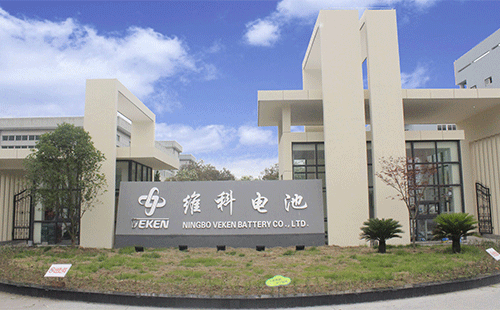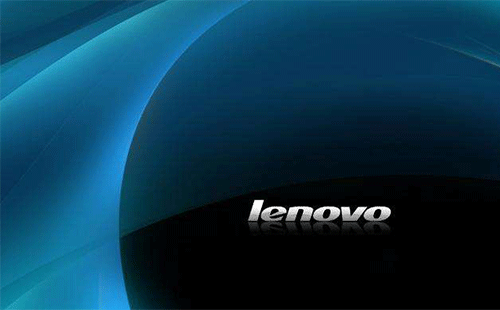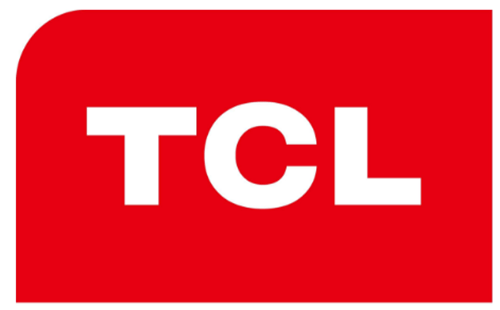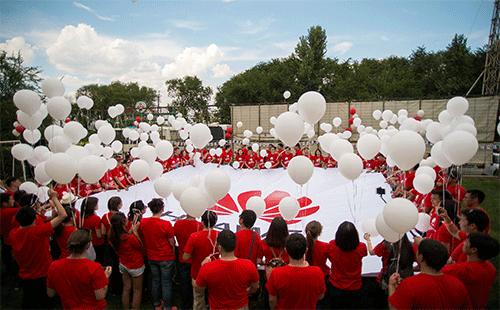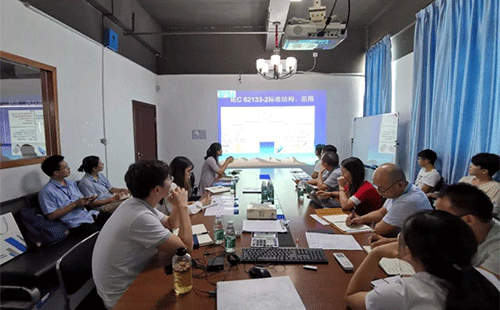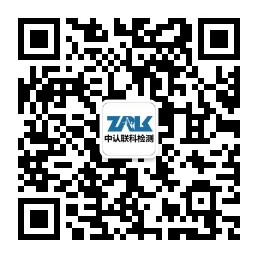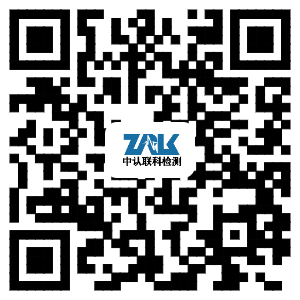Wireless charging is a wireless charger, which is a device that uses the principle of electromagnetic induction for charging. It does not require a power cord, relies on electromagnetic waves to propagate, and then converts electromagnetic wave energy into electrical energy, and finally realizes wireless charging. However, if such wireless products want to be exported to the United States, they need to apply for FCC-ID certification.
Why do wireless chargers need to apply for FCC-ID certification?
FCC-ID is one of the mandatory FCC certification modes in the United States. Products with wireless transmission frequencies, such as Bluetooth devices, WiFi devices, wireless alarm devices, radio receiving and transmission devices, telephones, computers, etc., all need to apply for FCC-ID. Certification. The certification of wireless products is directly approved and issued by the FCC TCB agency, and the certification can be checked on the official website of the FCC in the United States.

Wireless charging FCC ID test project
Standard: FCC Part 15C
1. Conducted Emission
2. Radiated Emission
3. Bandwidth test
Wireless charging FCC ID certification process
1. Application.
(1) Fill in the application form
(2) Application company information form
(3) Provide product information
2. Quote.
Determine the test standard, test time and corresponding cost according to the information provided
3. Payment and sample delivery.
After the applicant confirms the quotation, signs the quotation contract and service agreement, pays the full project fee, and prepares the test prototype.
The prototype provides:
a. Each model applying for certification shall provide at least one qualified prototype (two or more are recommended)
b. The provided prototype must be guaranteed to be a formally qualified prototype, and its internal electrical structure and appearance must be consistent with the exported batch prototypes
c. The trademark model on the prototype must be clear and reliable
4. Test.
The laboratory conducts a full set of tests on the applied products and the difference test of related models according to the relevant American testing standards
5. The test is passed, the report is completed, and the report is submitted to the TCB agency for review.
6. After the audit is completed, the TCB agency issues the FCC ID certificate.
Information to be prepared for wireless charging FCC ID application
1. Applicant's name, product name, model, address, telephone, fax, contact person and their position
2. For the transmitting part, the fundamental frequency of the transmission (it is good to provide the frequency band used)
3. The applicant's FCC registration number (FRN).
4. FCC ID includes Grantee Code company code (3 letters or numerical values), and product code (1-14 letters or numerical values)
5. FCC1abel location FCC1abel location and its specifications.
6. Simple working principle, function description
7. Schematic block diagram
FCC ID certification validity period
Validity period of FCC ID certification As long as the standards of the product have not changed, the FCC ID certification is valid for a long time.

For wireless charging FCC-ID certification, please contact our company ZRLK, we will provide you with professional and efficient testing and certification services with favorable prices and considerate service. If you provide us with product pictures and specifications, we will give you corresponding cycles, quotations and specific solutions according to your products. You are welcome to inquire!






